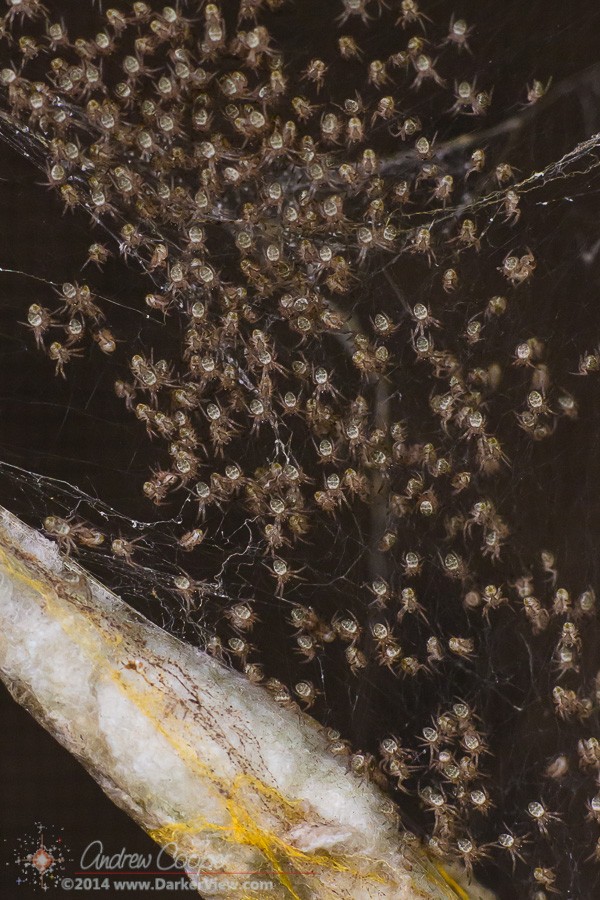
Tag: macro
Lily
Bougainvillea Bloom
The Canon EF-M 28mm f/3.5 Macro IS STM lens
There are not a lot of native lenses found in the Canon EF-M series, but this is changing with a number of new offerings. There is a new 18-150mm general purpose zoom that looks pretty good. The new lenses include a rather specialized lens, the EF-M 28mm f/3.5 Macro IS STM, a purpose built macro lens.

This lens is different. The lens is designed from the start to be a macro lens, not a general purpose lens that also does a little macro as a secondary feature. There are a number of features that are quite unusual found on this macro lens.
The first, and most obvious feature is the built-in ring light, a rather useful feature in very close macro photography where light is everything. A set of bright white LEDs is arranged on the front of the lens behind a diffuser. The LED’s are powered by the camera, no separate battery is necessary.
Continue reading “The Canon EF-M 28mm f/3.5 Macro IS STM lens”
Macrophotography With Extension Tubes
One of the advantages of a mirrorless camera, like the EOS-M, is the very shallow backfocus requirement. The distance from the lens mount to the sensor is quite small, allowing use of just about any series of lenses on the market. All that is needed is the correct adapter, a need that several specialty manufacturers have addressed with products. The result is that the camera is useful in a wide range of photographic experiments and projects.

I have had fun simply shooting with these old primes and the EOS-M camera. Sometimes I will grab a single lens and just go someplace to play with the camera for half an hour, sort of a self imposed creative exercise. Using one of these manual focus lenses brings back memories of my first years of film photography, before the days of auto-focus.
Combine these old lenses with an extension tube, and the rig becomes a macro-photography setup capable of fairly high magnification.
Cat’s Eye
Gecko & Plumeria
This little guy was not afraid of me in the least. Indeed he had no problem hopping on and off my fingers as I sought to pose him on the flower. It was a warm afternoon and he was quite active, more interested in the ants on the flowers than in sitting still for a portrait.
Shot with an old Canon 100 f/2.8 FD lens (manual focus) and a 25mm extension tube on the Canon EOS-M camera. I got the focus right by simply rocking back and forth through focus while rapidly taking images in servo. This was not with the focus ring, but simply leaning back and forward slowly.

Do You Like Spiders?
Macro Moth
Full Macro
One of the real advantages of the mirrorless cameras, like my little EOS-M, is the ability to mount just about any lens. The small cameras have very shallow back focus requirements, the distance from the lens mount to the sensor. With the correct adapter they can mount the old Canon FD, Nikon, Leica, anything! I find myself unpacking my old photo gear, and wondering about the possibilities.
I do have some really good old Canon and Nikon primes around, lenses from the manual focus days. When I assembled an EOS-M to FD adapter, an extension tube, and a 50mm f/1.4 lens onto the front of the camera it resulted in a rather odd looking setup. Odd looking, but it works, providing an impressive macro capability. With better than 1:1 magnification I was able to keep a reasonable depth of field in the test shots. I need try some tests with the 100mm f/2.8 lens, for even higher magnification.
Aside from the FD to EOS-M adapter this is all gear I had sitting about unused. I never used it much in my film days. Digital is different, the ability to examine the result immediately and the elimination of per frame costs enables an ease of experimentation that was not there before. I am going to play with this a bit!






